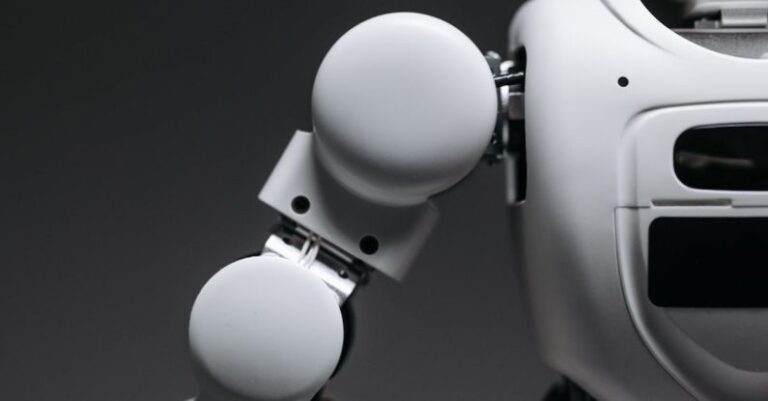
In the digital age, surveillance robotics plays an increasingly prominent role in various aspects of society. From monitoring public spaces to enhancing security measures, the use of robots equipped with cameras and sensors has become a common practice. However, as the capabilities of surveillance robotics continue to advance, concerns about privacy have also intensified. How do we strike a balance between the benefits of surveillance robotics and the protection of individuals’ privacy? This article explores strategies to ensure privacy in the realm of surveillance robotics.
Privacy by Design
One key approach to safeguarding privacy in surveillance robotics is to implement privacy by design principles. This concept emphasizes the integration of privacy features from the initial stages of the technology development process. By incorporating privacy considerations into the design and development of surveillance robots, creators can proactively address potential privacy risks. This proactive approach not only helps prevent privacy breaches but also fosters trust among users and stakeholders.
Data Minimization
Another crucial aspect of ensuring privacy in surveillance robotics is the practice of data minimization. This principle advocates for collecting only the necessary data required for a specific purpose and limiting the retention of data to the minimum duration necessary. In the context of surveillance robots, limiting the collection and storage of personal data can help mitigate privacy concerns. By adopting a data minimization strategy, organizations can reduce the risk of unauthorized access to sensitive information and enhance the protection of individuals’ privacy rights.
Anonymization Techniques
Incorporating anonymization techniques into surveillance robotics can also contribute to preserving privacy. Anonymization involves removing or encrypting personally identifiable information from collected data to prevent the identification of individuals. By anonymizing data captured by surveillance robots, organizations can maintain the utility of the information for analytical purposes while safeguarding the privacy of individuals. Implementing robust anonymization practices can help mitigate privacy risks associated with the use of surveillance robotics.
Transparency and Accountability
Transparency and accountability are essential principles for ensuring privacy in surveillance robotics. Organizations deploying surveillance robots should be transparent about the purpose of data collection, the type of information gathered, and the measures in place to protect privacy. Additionally, establishing clear accountability mechanisms can promote responsible data handling practices and facilitate compliance with privacy regulations. By fostering transparency and accountability, organizations can build trust with the public and demonstrate a commitment to respecting individuals’ privacy rights.
Ethical Guidelines and Regulations
Adhering to ethical guidelines and regulatory frameworks is paramount in safeguarding privacy in surveillance robotics. Organizations developing and deploying surveillance robots should comply with ethical standards that prioritize privacy protection and respect for individuals’ rights. Moreover, adherence to relevant privacy laws and regulations is essential to ensure legal compliance and avoid potential privacy violations. By following ethical guidelines and regulatory requirements, organizations can uphold privacy standards and mitigate the risks associated with the use of surveillance robotics.
Conclusion: Striking the Balance
In conclusion, ensuring privacy in the realm of surveillance robotics requires a multifaceted approach that combines technological safeguards, ethical considerations, and regulatory compliance. By embracing privacy by design principles, practicing data minimization, employing anonymization techniques, promoting transparency and accountability, and adhering to ethical guidelines and regulations, organizations can enhance privacy protections in the use of surveillance robots. Striking a balance between the benefits of surveillance robotics and the preservation of individuals’ privacy rights is essential to foster trust, uphold ethical standards, and mitigate privacy risks in an increasingly digitized world.





